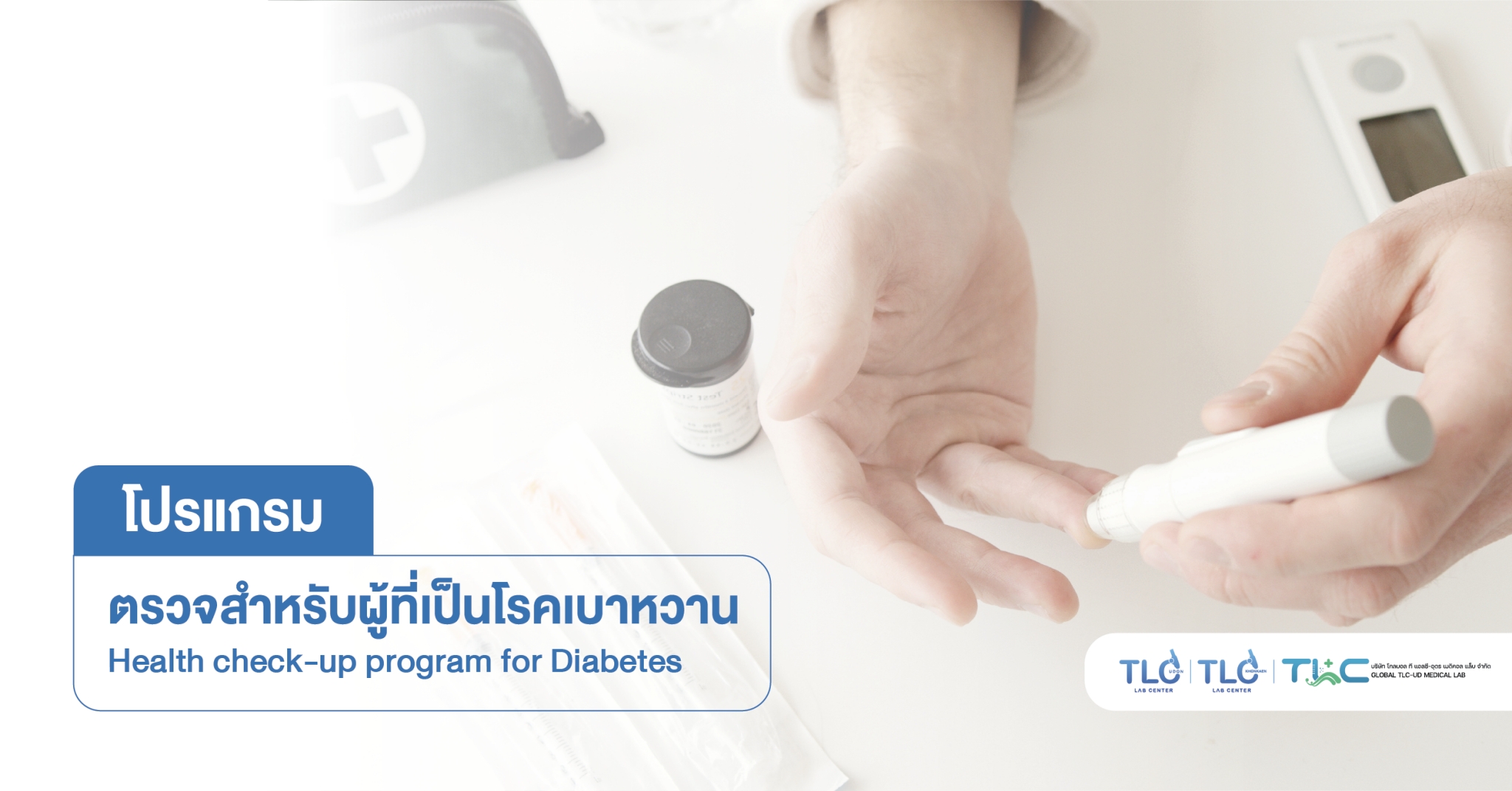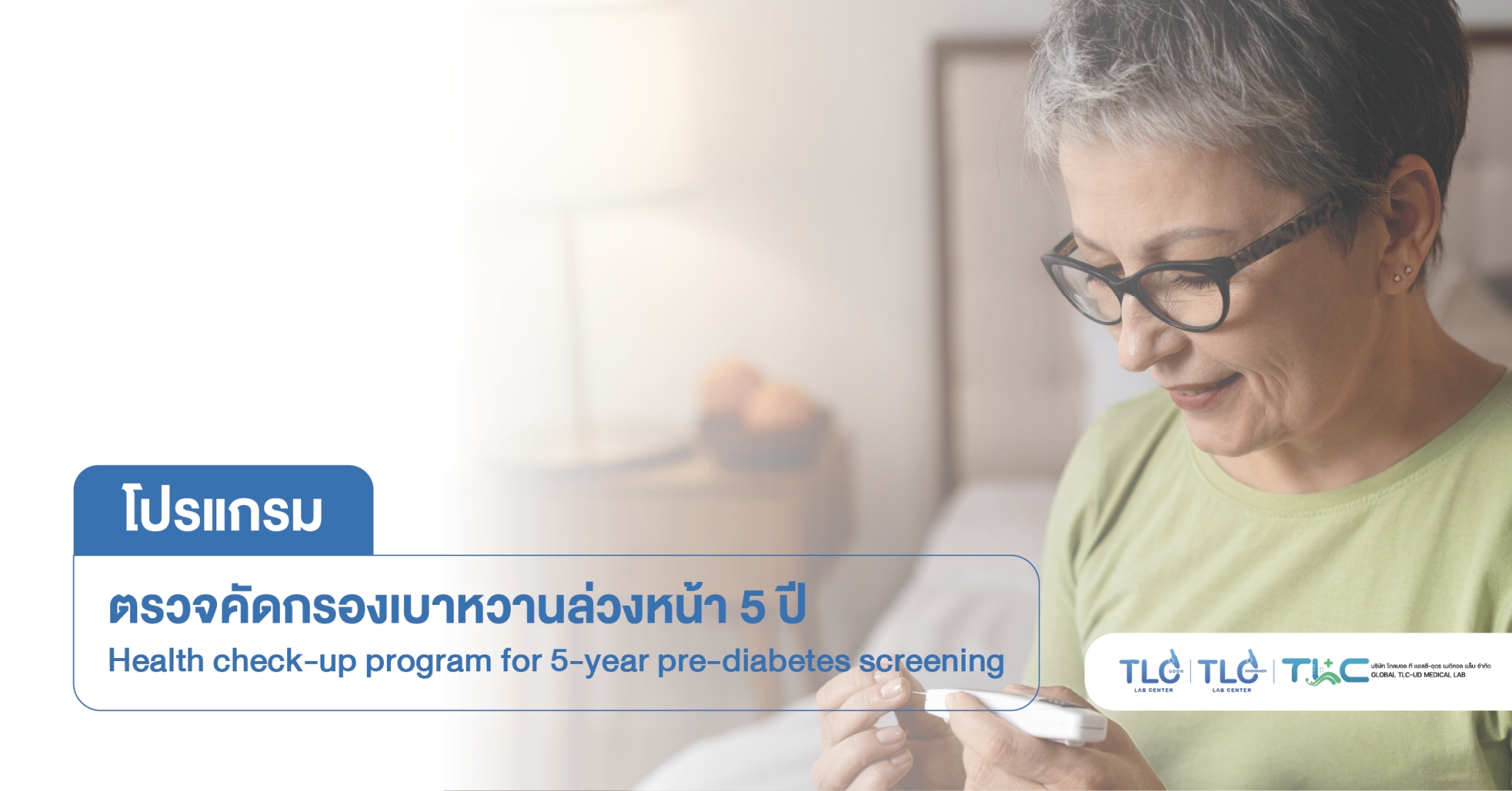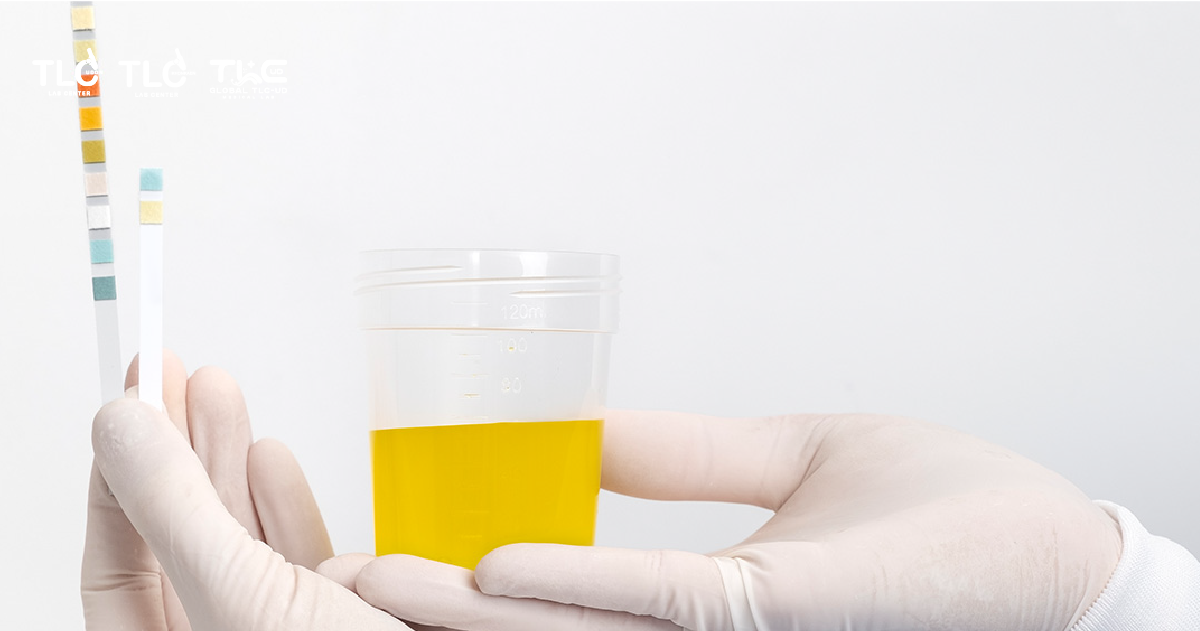Why Glycemic Index is important?
If we eat a diet with a high glycaemic index, it will be high in carbohydrates (high in sugar and starch) and as a result, glucose will quickly enter the bloodstream. This causes blood sugar levels to rise rapidly. The glycaemic index in food is very beneficial for those who need to control their sugar levels. Especially people with hyperglycaemia and diabetes.
What is the Glycaemic Index?
The glycaemic index (GI) is a value used to indicate how quickly a carbohydrate-containing food can affect the rise in blood sugar levels within 2-3 hours after consuming that food.
glycaemic index can be divided into 3 categories:
- Low glycaemic Index is between 1 and 55.
- Medium glycaemic Index is between 56-69.
- High glycaemic index is a value greater than 70.

What are the factors that cause the difference in glycaemic index values?
- Type of food
- Fruit ripeness
- Cooking methods
- Dietary fibre content
- Types of flour
Importantly, the response to blood sugar levels varies from person to person, so control and food choices should be done at the same time.
Divide foods according to their glycaemic index
Foods according to their glycaemic index can be divided into 3 levels: high, medium, and low, compared to the digestion and absorption of glucose, which has a GI value of 100 after eating and entering the body’s digestion and absorption system within 2 hours.
- Low Glycemic Index (0 – 55) e.g. milk, yogurt, soy milk, almond milk, olive oil, brown rice, strawberries, apples, rose apples, dragon fruit, carrots, tomatoes, corn, broccoli, cauliflower, boiled sweet potatoes, etc.
- Medium Glycemic Index (56 – 69) such as bananas, pineapples, raisins, orange juice, honey, etc.
- High Glycemic Index (70 and above) such as refined rice, white bread, rice milk, watermelon, potatoes, instant noodles, cakes, cookies, desserts, candies/sweets and nectar, etc.
- Foods with a low glycaemic index (less than 55) may be consumed without restriction.
- Foods with a medium glycaemic index (55 – 70) can be chosen in moderation.
- Foods with a high glycaemic index (more than 70) should be consumed sparingly.

How to lower your glycaemic index:
- Add dietary fibre: Adding dietary fibre to the food you eat will help reduce the glycaemic index: vegetables, grains, nuts, mushrooms.
Hot and cold, cold and hot Heating rice or flour strands to cook and then refrigerating (hot and cold) will cause the molecules inside to change their structure into resistant starch, and then heat the rice or flour before eating (cold and hot).
Resistant Starch is a starch that is resistant to digestion by the human digestive system. Instead, it can be digested by fermenting with good gut microorganisms (probiotics), which can produce short-chain fatty acids that have many benefits for the overall health of the body and have a positive effect on the brain (Gut-Brain Axis).
The GI value is only an indication of carbohydrates in a diet. Therefore, you should eat a variety of other types of food to ensure that your body gets complete nutrients, and you should exercise regularly to control your blood sugar levels at the right level, and also monitor your blood sugar levels regularly.

















